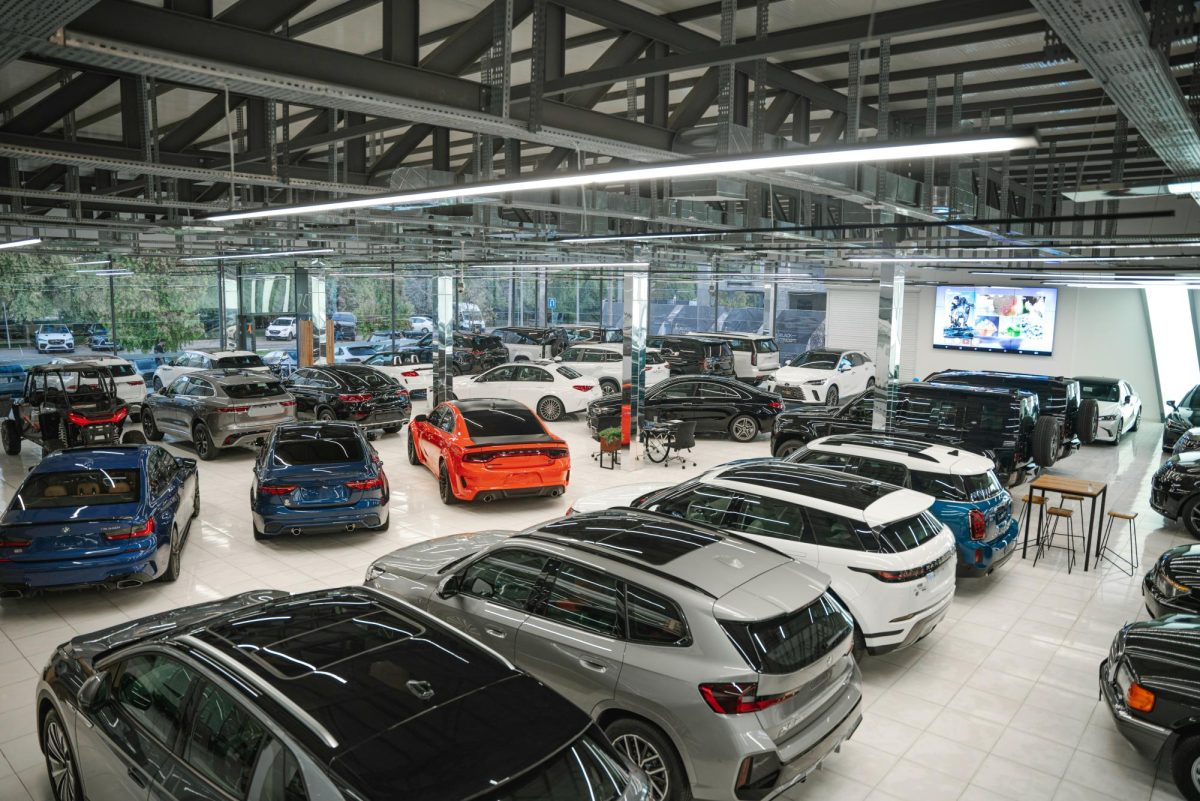A 25 percent tariff on automobiles and certain auto parts went into effect on April 3rd that may lead to consumers seeing higher prices when buying a vehicle or repairing their vehicle.
The tariff, signed by President Donald Trump on March 26th, will be applied to imported passenger vehicles such as sedans, SUVs, and minivans. It will also be applied to important automobile parts like engines, transmissions, and electronic components.
According to the White House’s website, the tariff is necessary to protect the U.S. automotive industry due to the majority of Americans buying foreign made cars. The site also stated that the trade deficit in automobile parts totaled $93.5 billion in 2024.
While the White House’s “Fact Sheet” on the vehicle tariff states the tariff will not affect prices, some disagree and believe that consumers will see higher costs when buying or repairing a vehicle.
“Lots of cars are assembled in America, but many, if not all, parts are made overseas,” said Hattiesburg resident and mechanic James Adamczyk. “Prices are most likely going to be sky high.”
Adamczyk added that the market prices for used cars will also potentially rise due to more people not buying new cars.
The rising costs could hinder students from making the purchase of their first car and make it harder to fix their car if damaged.
“As a young person, I can confidently say that buying a car was a huge step for me as I transitioned into my independence,” said USM graduate Sophia LaPalme. “It scares me to think about how I’ll afford to fix my car or replace it in the future if something happens to it.
For most young people, buying a car can be a symbol of hard work and dedication. A rise in price may make that symbol harder to obtain.
For parts needed to repair vehicles, imported parts that are currently made in Mexico and Canada will remain tariff-free under the USMCA Agreement until the U.S. Customs and Border Protection and the Secretary of Commerce create a process to apply the tariffs.
Adamcyzk suggested that people may turn to wrecked or inoperable vehicles to obtain parts to repair their car to try and avoid the rising costs of repairs.
“Repair costs can already be expensive. Sometimes you’re paying $400 or you’re paying upwards of $800,” said Adamcyzk. “Nobody is going to want to feel like they’re overpaying.”
The White House website, in turn, states that tariffs reduced imports from China and caused the U.S. to produce more of the tariffed goods with minimal effects on prices.
Categories:
New Auto Tariff Sparks Concerns
Cadence Renfro
|
April 9, 2025
0
Donate to SM2
Your donation will support the student journalists of University of Southern Mississipi. Your contribution will allow us to purchase equipment and cover our annual website hosting costs.
More to Discover


























